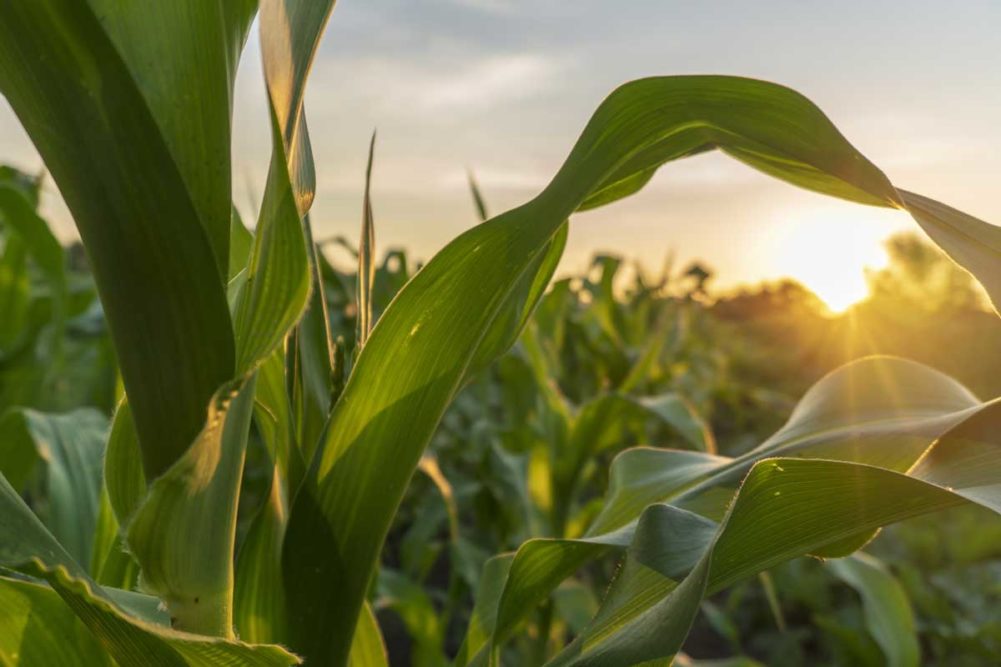US corn production first topped the 5-billion-bu mark in 1971, and the idea a 15-billion-bu US crop was possible, first achieved in 2016 and projected for a second time this year, still seems miraculous. Also remarkable in the 21st century is unprecedented year-to-year stability in corn yields. The August forecast placed 2020 corn yields up 9% from 2019, which would mark seven straight years of yields falling within 10% of a year earlier — a streak never achieved in the 20th century.
Drought-resistant corn varieties together with improved farming practices have contributed to what increasingly may be viewed as the dependability of crop production from one year to the next. A severe drought in 2012 cut corn yields 16% from the year before, the only time corn yields have dropped more than 10% from a year earlier in the first 20 years of the current century. During the 1900s, 10%-plus drops occurred 19 times.
While yields certainly have become more consistent, a terrifying, vast derecho storm earlier in August spanning hundreds of miles and damaging millions of acres of corn and soybean fields in Iowa and Illinois offers a cautionary signal. The extent of crop losses remains unknown, but warmer global temperatures are seen as predictive of more frequent extreme weather events. Together with massive recent flooding in China, the storms serve as a reminder Mother Nature may increasingly pose formidable threats to crops, property, people and to markets.





